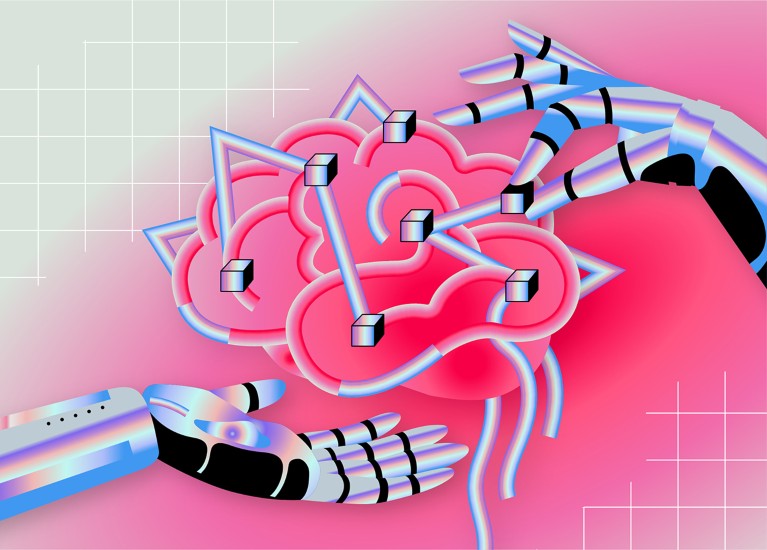- COMMENT
Artificial intelligence is breaking patent law

Illustration by Ana Kova
Access options
Access Nature and 54 other Nature Portfolio journals
Get Nature+, our best-value online-access subscription
$29.99 / 30 days
cancel any time
Subscribe to this journal
Receive 51 print issues and online access
$199.00 per year
only $3.90 per issue
Rent or buy this article
Prices vary by article type
from$1.95
to$39.95
Prices may be subject to local taxes which are calculated during checkout
Nature 605, 616-618 (2022)
doi: https://doi.org/10.1038/d41586-022-01391-x
References
DABUS. Food Container and Devices and Methods for Attracting Enhanced Attention. Patent Cooperation Treaty international application PCT/IB2019/057809 (Filed 17 September 2019).
Association for Molecular Pathology v. Myriad Genetics, Inc. [2007] 569 US 576.
Stanková, E. Cambridge Law J. 80, 338–365 (2021).
Abbott, R. UCLA Law Rev. 66, 2–52 (2019).
Commissioner of Patents v. Thaler [2022] Federal Court of Australia (Full Court) 62, paras 119–120.
Abbott, R. Washburn Law J. 60, 429–444 (2020).
Afshar, M. S. Hastings Sci. Technol. Law J. 13, 55–72 (2022).
Kim, D. GRUR Int. 69, 443–456 (2020).
Schuster, W. M. Washington Lee Law Rev. 75, 1945–2004 (2018).
Competing Interests
The authors declare no competing interests.

 The long road to fairer algorithms
The long road to fairer algorithms
 How to turn your ideas into patents
How to turn your ideas into patents
 Don’t ask if artificial intelligence is good or fair, ask how it shifts power
Don’t ask if artificial intelligence is good or fair, ask how it shifts power
 How artificial intelligence is changing drug discovery
How artificial intelligence is changing drug discovery







